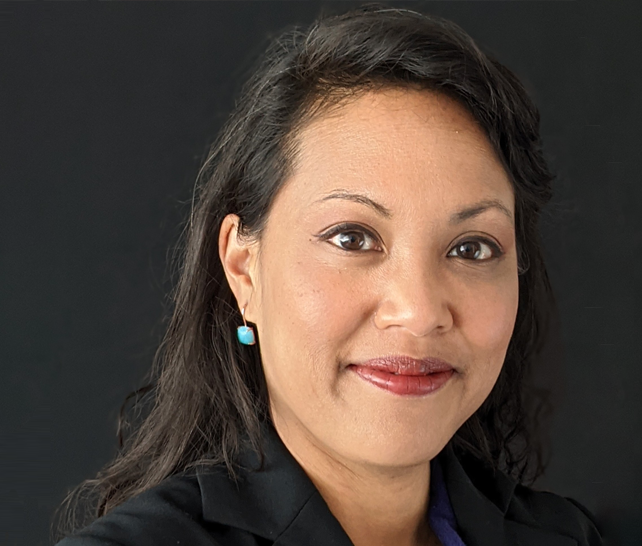A funny thing happened while I was conducting a focus group of combined staff members from two credit unions that had recently merged: I started thinking about “The Brady Bunch.” While listening to participants’ experiences of this major organizational shift, my mind wandered back to episodes of this staple of American pop culture. As the participating staff members talked about their credit union before and after the merger, some of the things they expressed sounded eerily like family members who suddenly found themselves navigating the ins and outs of a blended family.
For those of you who aren’t familiar with “The Brady Bunch,” the premise of the show is that Mike, a widower with three sons, marries Carol, a divorcee with three daughters and the show follows them through their journey of becoming one family. The first few episodes take place during the early days of their remarriage as Mike and Carol each manage the union of their two families. Will the children get along? How will the girls feel about moving into a new house?
In the first episode, Bobby the youngest son hides a photograph of his biological mother, worried that his new stepmother and stepsisters wouldn’t approve of seeing her photo once they move in. Ultimately, Mike reassures Bobby that it’s okay to openly display his mother’s photo in the house.
Back at the credit union where I was conducting the focus group, I couldn’t help but think about this episode as one credit union employee expressed worry about the possible loss of personal identity or brand identity, post-merger. While this analogy can only go so far, there are some interesting parallels between a credit union merger and a blended marriage.
First, merging two organizational cultures into one is not unlike combining two separate households. Blending the logistics of two entities is a complicated endeavor, especially because each has existed for some time with its own identity - does one keep, change, or hyphenate their surname? Each unit operates with their own social dynamics - what’s the rule about using devices at the dinner table? And each brings a unique set of standards - how often does the house need vacuuming?
A credit union merger grapples with similar existential matters: forging a new brand identity, contending with a common core processor and establishing new protocols for member services. All of this must be established pre, mid and post-merger, all while ensuring that the logistics of internal operations and external member-facing experiences are not negatively compromised.
But of equal importance is that blended families, particularly those with children, and credit union mergers must somehow forge a common unified culture. After talking with several friends who were happily raised in blended families and thinking back to old episodes of “The Brady Bunch,” these now-adult children say there was deliberate effort by both parents not to show biases toward any one side. Parents openly expressed affection and support for their children from both sides. They also made efforts to facilitate bonds through regular meals together, family vacations and shared inside jokes, which cultivated a shared experience identity that was unique to their new family unit.
Yet during the focus group, one staff member stated that while the two organizations planned the merger as an equal partnership, it felt like the larger credit union’s needs dominated and superseded her credit union, the smaller of the two. Her colleagues nodded in agreement.
For example, she pointed out that meetings often took place at the headquarters of the larger credit union, which the other credit union insisted was only because they had more space, and elements of the new brand were holdovers from the larger credit union. Regardless of the extent to which this claim was true, did the credit union leadership know that staff members felt that biases existed? If so, what was being done to at least make sure that footprints from the smaller credit union are still visible and are of value to the entire organization, post-merger?
Another focus group participant also voiced concerns about inconsistent communication from leadership. “[Management] say they’re being transparent, but they’re being selective about what to be transparent about,” he said. While not every aspect of a credit union’s ongoings must be shared with the staff, a standard of what will be communicated and how often, should be made transparent. No one likes to be caught off guard as this signals a lack of consideration for those who have to execute on major directives given by leadership. Consistent and transparent communication forges a strong base of trust among stakeholders at all levels.
During another focus group with a pair of merged credit unions, I learned from staff members that an announcement had been made about when the union would become official, but little effort was made to facilitate kick-off celebrations for the two organizations to get together, aside from a few meet and greets between branch managers.
Just like blending families and their households, a lot of prep work must be done before the merger takes place. Prior to any merger, leaders would be wise to learn more about the unseen forces involved within each organization’s culture: the working norms, features that hold intrinsic value to the organization and its members, as well as how internal decisions are made.
As a trained social scientist, I often teach and write about how the most sustainable cultures are ones in which shared values, ideas and habits are organically created. Rather than a contrived set of ideas and practices that are carefully engineer by those in leadership roles, most viable organizational cultures are created by a myriad of stakeholders at different levels and can evolve over time as everyone has had a chance to “get into the groove” of things.
Below are three approaches to support blended family dynamics that credit unions should also keep in mind before, during and after coming together.
- Address differences: Just as step-siblings may have trouble feeling like outsiders, credit unions should be mindful of potential friction between staff. Create meeting times and spaces for open communication for both sides to share their unique perspectives on the credit union and recognize how some of these can be assets post-merger.
- Build trust: In a blended marriage, it takes time to build trust between new family members. Similarly, merging credit unions need to be aware and communicate to staff that organizational trust does not happen overnight and can sometimes take years. But most importantly, trust is often gained by being vulnerable with colleagues: be open about what is still unknown or what gaps may exist, and invite stakeholders to be part of the solution.
- Invest in people: Just as in “The Brady Bunch,” the folks in charge, Mike and Carol, and in our example, credit union leadership, should provide support and opportunities for both sides to adjust to the new culture and learn how to become a unified family. Try to mitigate any claims of favoritism by using the physical spaces, features and staff from each credit union equally.
By taking the above into account, credit unions can navigate the cultural aspects of a merger just like a blended family works through its challenges. Consider using a third party consultant to help facilitate focus groups or help plan pre, mid, post-merger activities that will ultimately foster a stronger, more unified whole.







